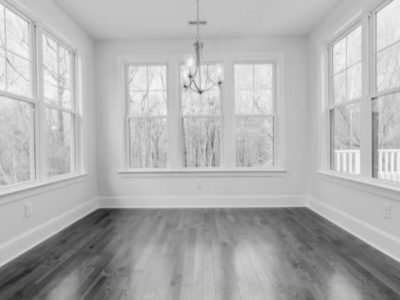Savings
We paid £6.8 billion into banks and building societies in January.
We paid in £7.2 billion into easy access accounts – while the amount paid into fixed accounts fell to £0.1 billion.
We withdrew £0.8 billion from NS&I. So overall, it meant we paid in £6 billion – slightly over the average for the previous six months (£5.3 billion) but well down from October’s level of £7.4 billion.
The average rate on a fixed account fell 27 basis points to 4.53% and the average easy access rate rose 4 basis points to 2.07%.
Mortgages
We repaid £1.1 billion of mortgage debt.
Mortgage approvals for house purchases rose from 51,500 in December to 55,200.
The total outstanding on mortgages fell 0.2% – a new series low
The average rate on new mortgages fell 9 basis points, to 5.19% – the second consecutive monthly drop – after rising for the previous two years.
The Bank of England reported on effective interest rates for January: Effective interest rates – January 2024 | Bank of England
It also issued its money and credit report for January: Money and Credit – January 2024 | Bank of England
Susannah Streeter, head of money and markets, Hargreaves Lansdown:
“The light is shining more brightly at the end of what’s been a long and difficult tunnel for consumers and companies. This era of high interest rates has been punishing, pushing down spending and freezing up the housing market, but pressures finally seem to be easing.
With mortgage approvals rising in January, demand for consumer credit increasing more strongly, and cash deposits in bank accounts rising sharply, it reflects the findings of the HL Savings & Resilience Barometer, that cost-of-living pressures are easing for many higher-earning households.
Although the UK fell into recession last year, this latest snapshot bolsters the view that it will be a super-mild one. However, this data isn’t going to move the dial too much in terms of interest rate expectations. Policymakers will still be eager for more data indicating whether the rate of wage growth is pushing lower before they’ll be more confident to fire the starting gun on rate cuts.”
Mark Hicks, head of Active Savings, Hargreaves Lansdown:
Savings
“It was a bumper month for savings, but not for NS&I. Savers voted with their feet, after it announced a plan to cut the Premium Bond Prize rate. Meanwhile, those with maturing rates saw they could do better elsewhere. This won’t come as a shock to NS&I, which factored withdrawals in when it comfortably hit its annual target in the first six months of its financial year. However, it opens up a real opportunity for savers to find a more rewarding home for their money. Small banks, building societies and online savings platforms are pushing hard to attract cash, which is keeping some rates above 5%.
New money is seeking out a home in easy access accounts rather than fixed rates. It’s easy to see why, because you can get a great rate on easy access accounts, which are currently offering more interest than longer fixes. However, if you don’t need the money for a period, it’s still seriously worth considering fixed rates. The reason why banks have dropped the rates a little on these is because they expect the Bank of England to cut interest rates this year. This will drag down variable savings rates, so those who have fixed at 5% – or just under – will be very grateful they locked in a better rate while they could.”
Sarah Coles, head of personal finance, Hargreaves Lansdown:
Mortgages
“Momentum was moving in the right direction for the mortgage market, with another pick-up in approvals in January – pushing them over 55,000. It’s brilliant news for sellers, who are finally seeing more buyers come back to the market.
Falling mortgage rates played a major part in reinvigorating the market. At the end of January, the average 2-year fixed rate mortgage was just a fraction over 5.5%, according to Moneyfacts, down from just over 6% at the start of December and almost 7% in August.
However, sellers might not want to start planning their celebrations too soon, because the picture has changed a little since. Sticky inflation persuaded the mortgage market it was getting a bit carried away, so banks started to factor in for Bank of England rate cuts to come slightly later and more slowly. As a result, mortgage rates have risen very slightly since. It’s not a dramatic move, and the average two-year fixed rate today is only 5.75%, but it may be enough to give some buyers pause.
The latest Zoopla figures show that despite a real bump in buyers and agreed sales, it’s still a buyers’ market. More sellers than usual are still having to agree to discounts to shift their homes. The market can’t completely shake off the fact the economy has been in recession, and although it’s expected to emerge relatively quickly, stagnation remains firmly on the cards. It means we can enjoy the bump, and some sellers can celebrate being able to finally move on – but we’re not out of the woods just yet.”





















Comments